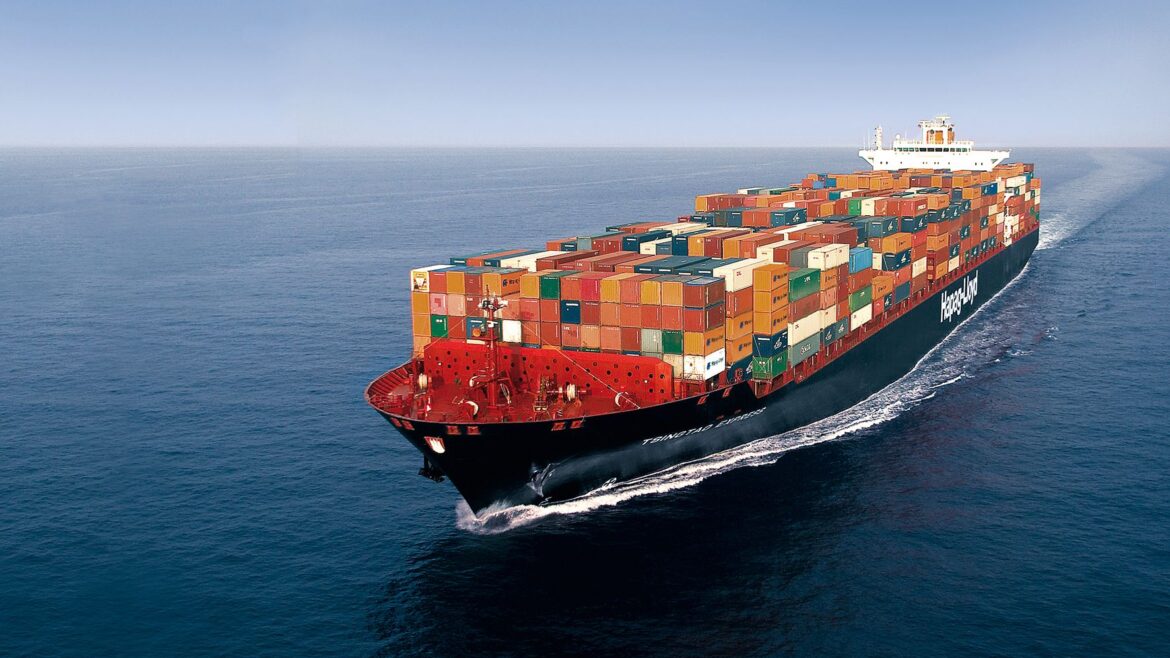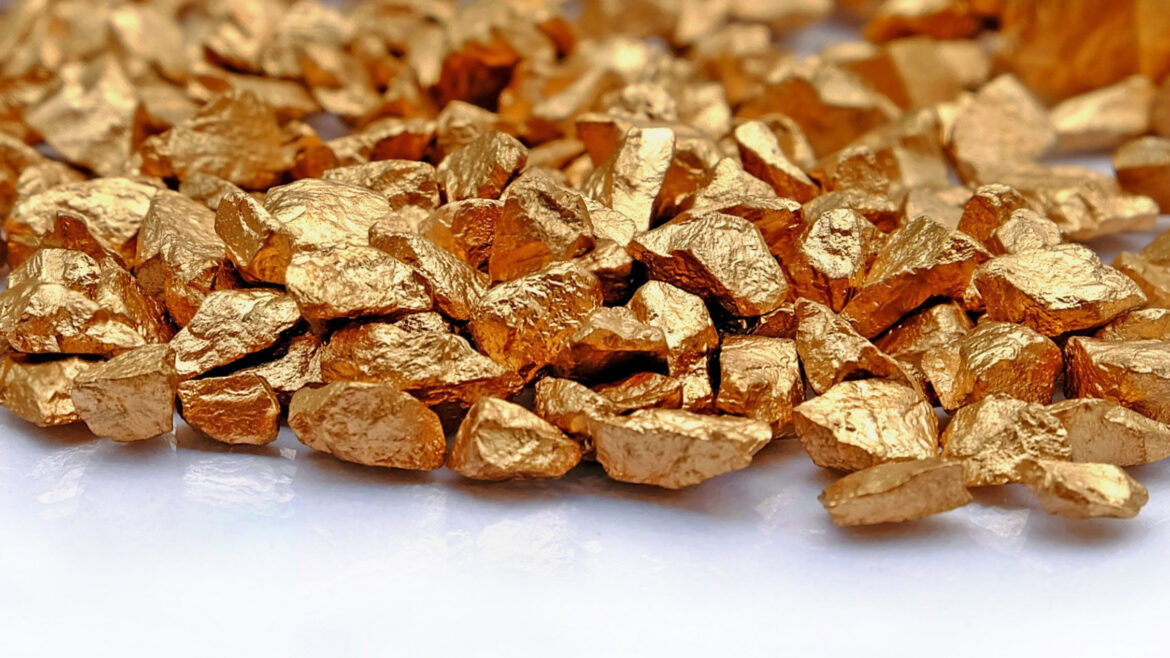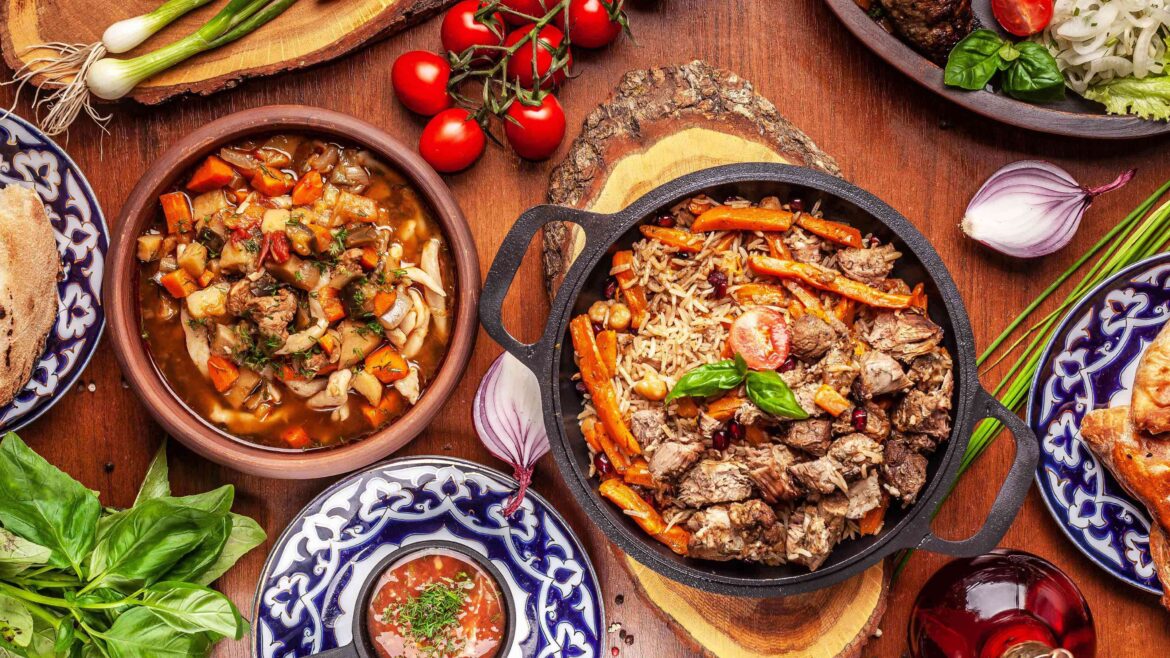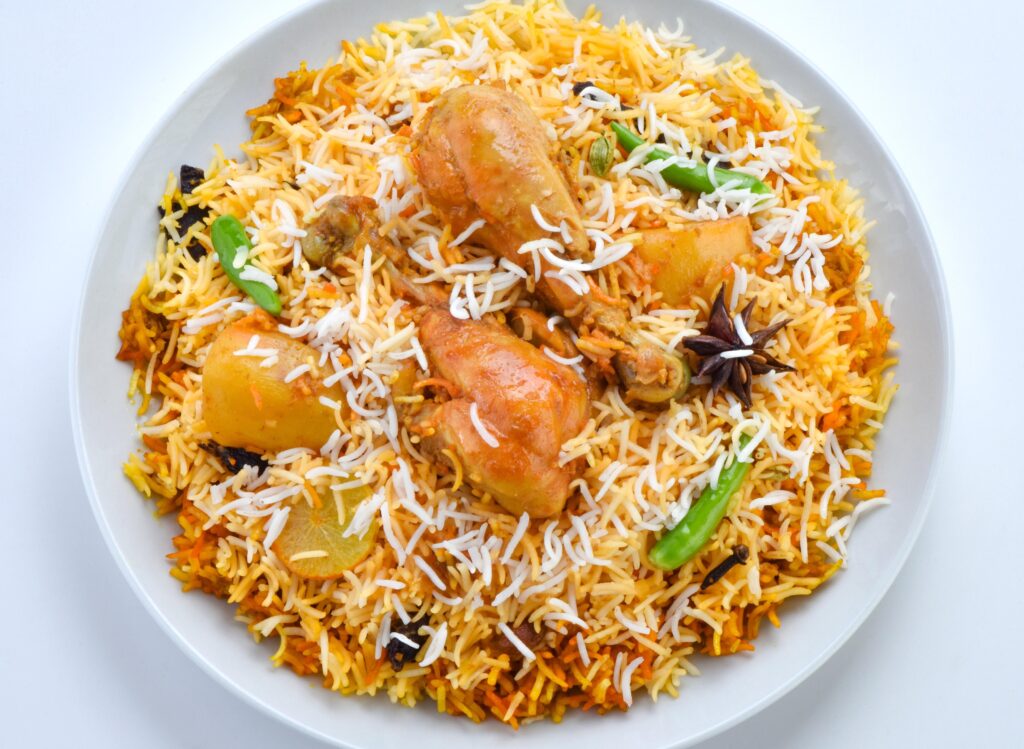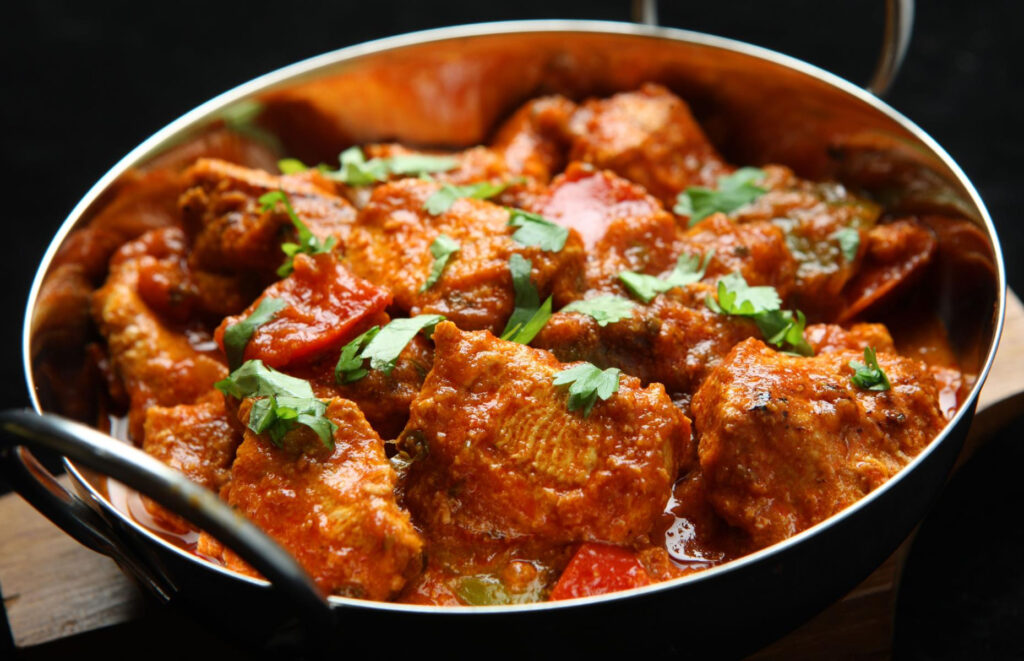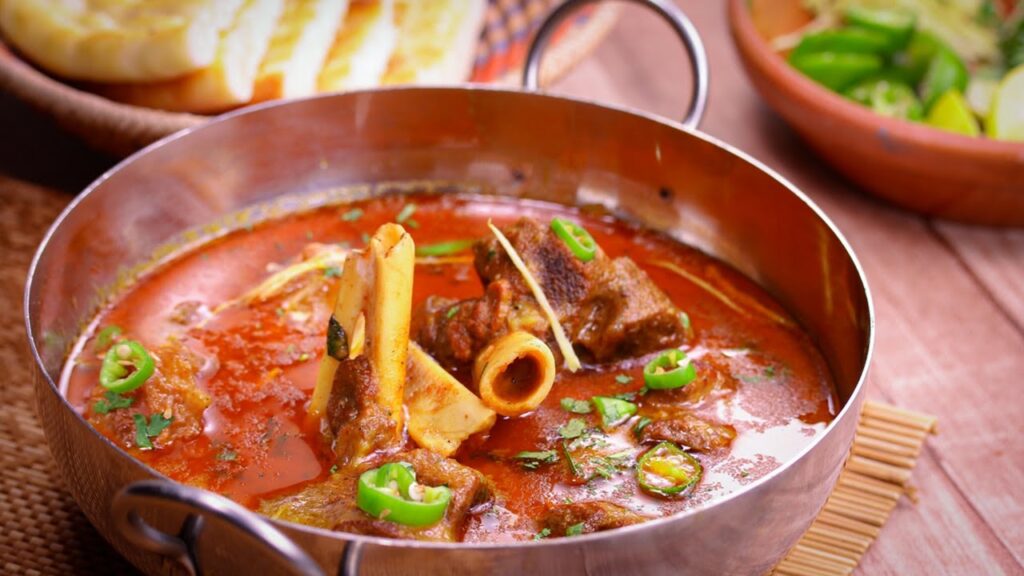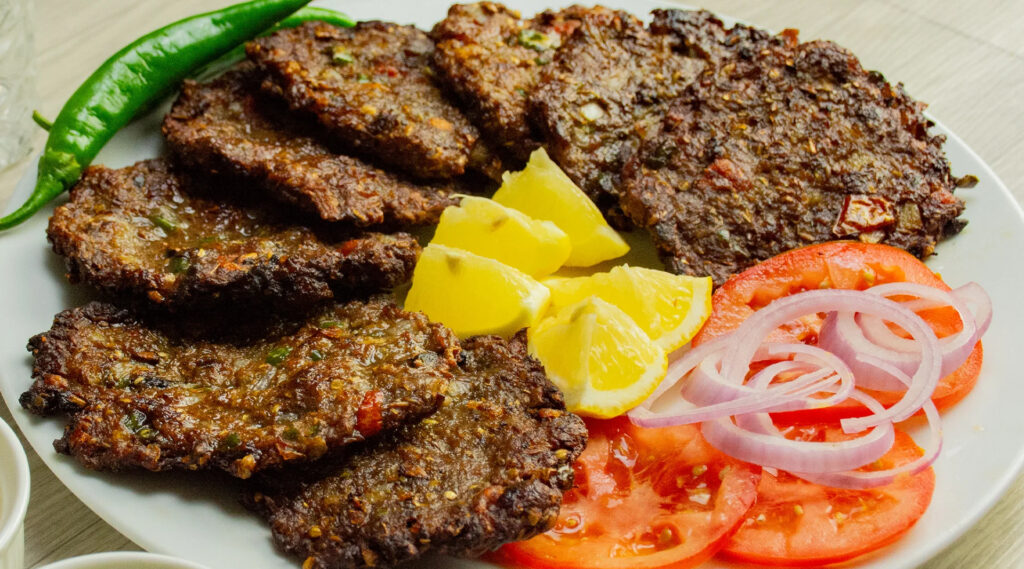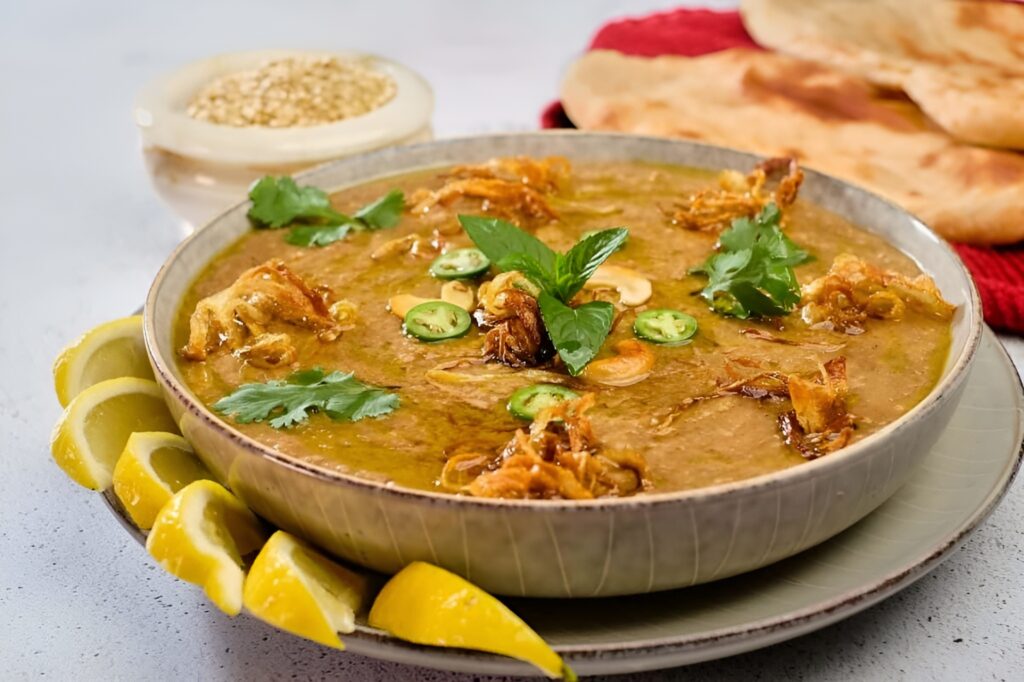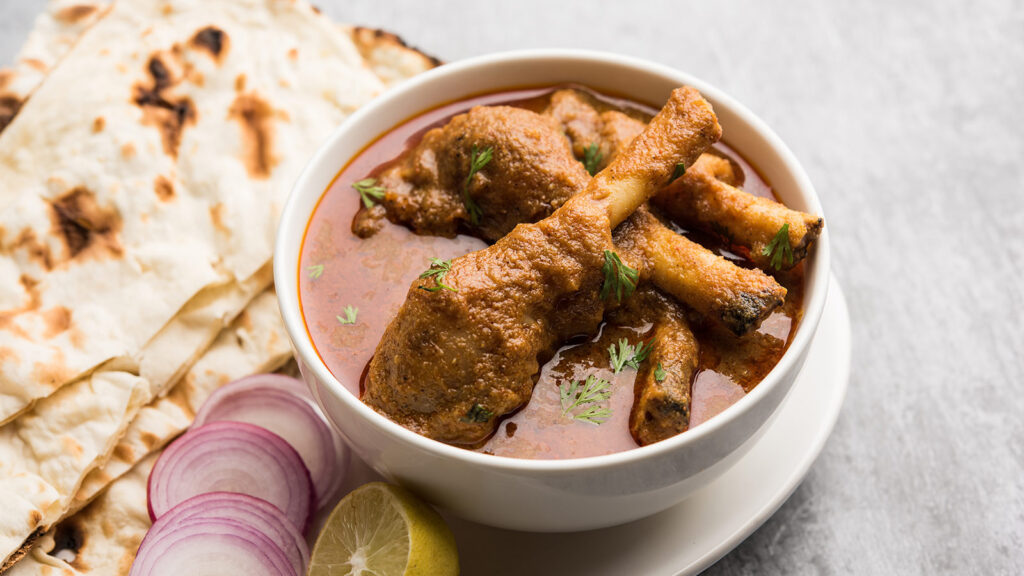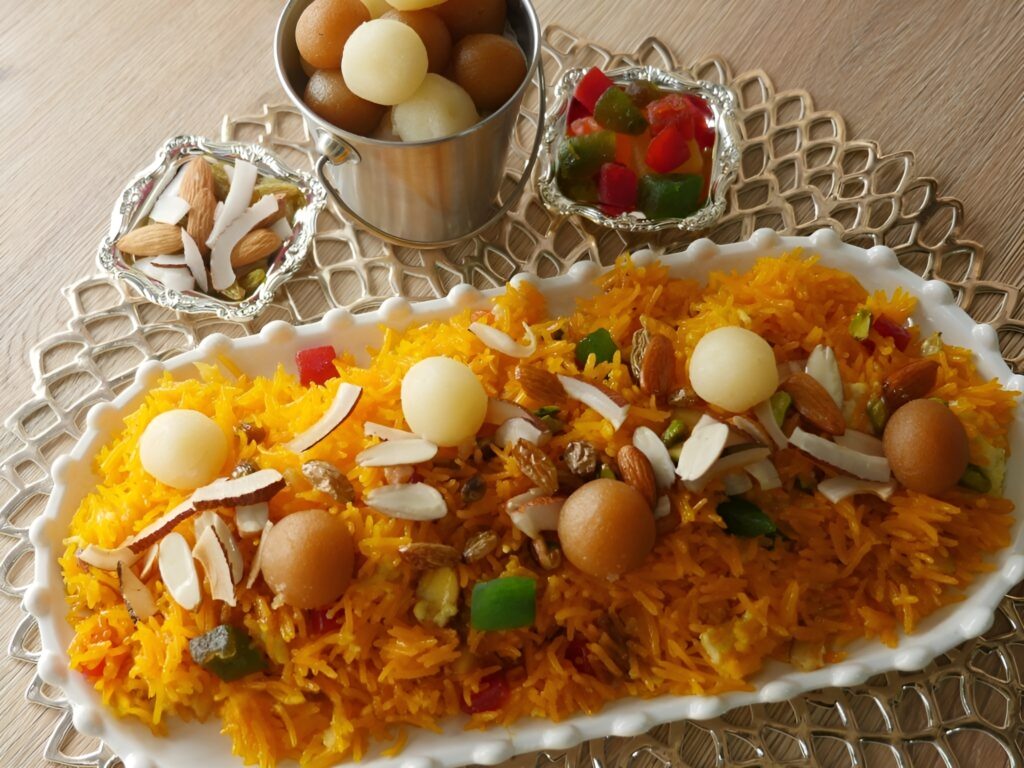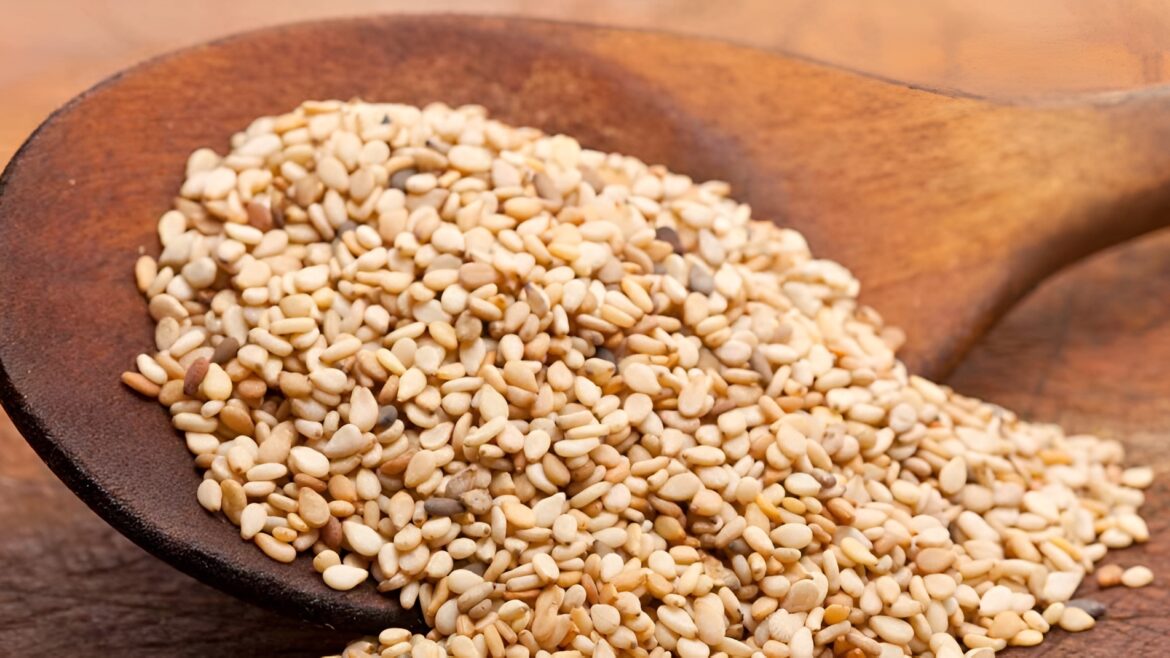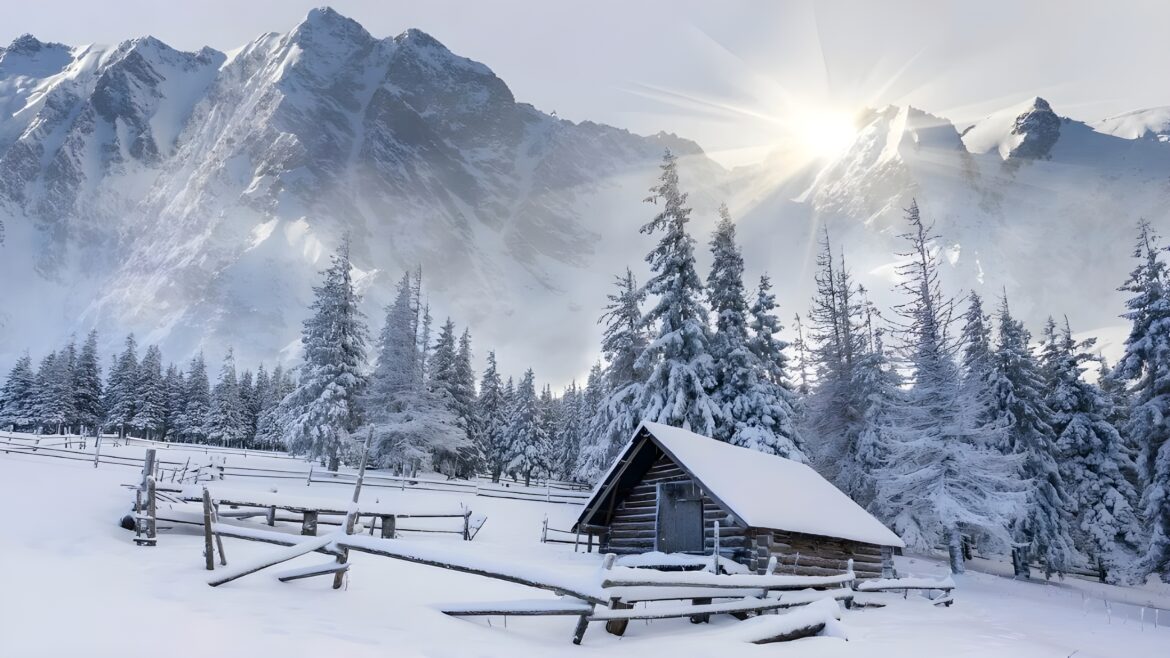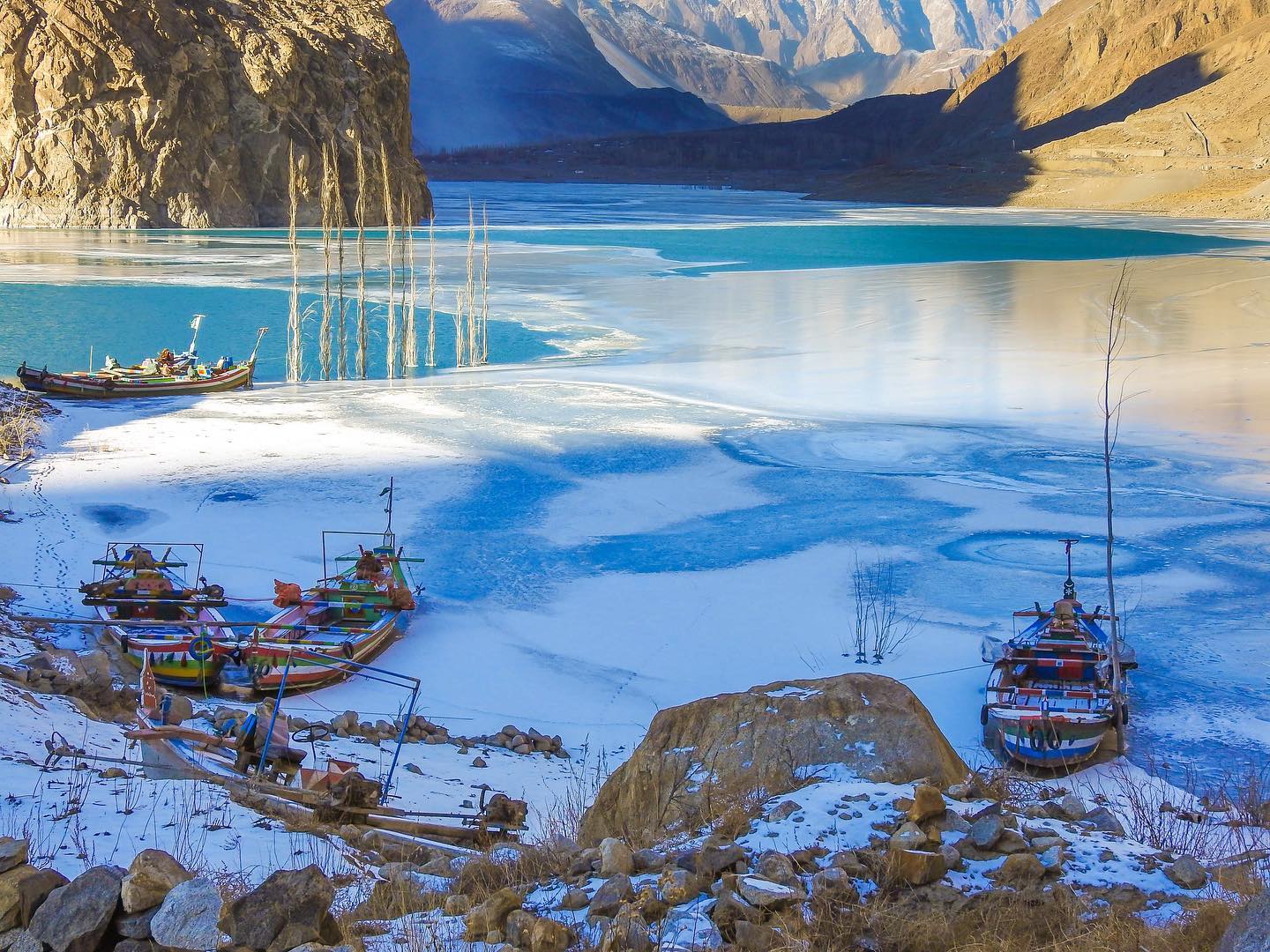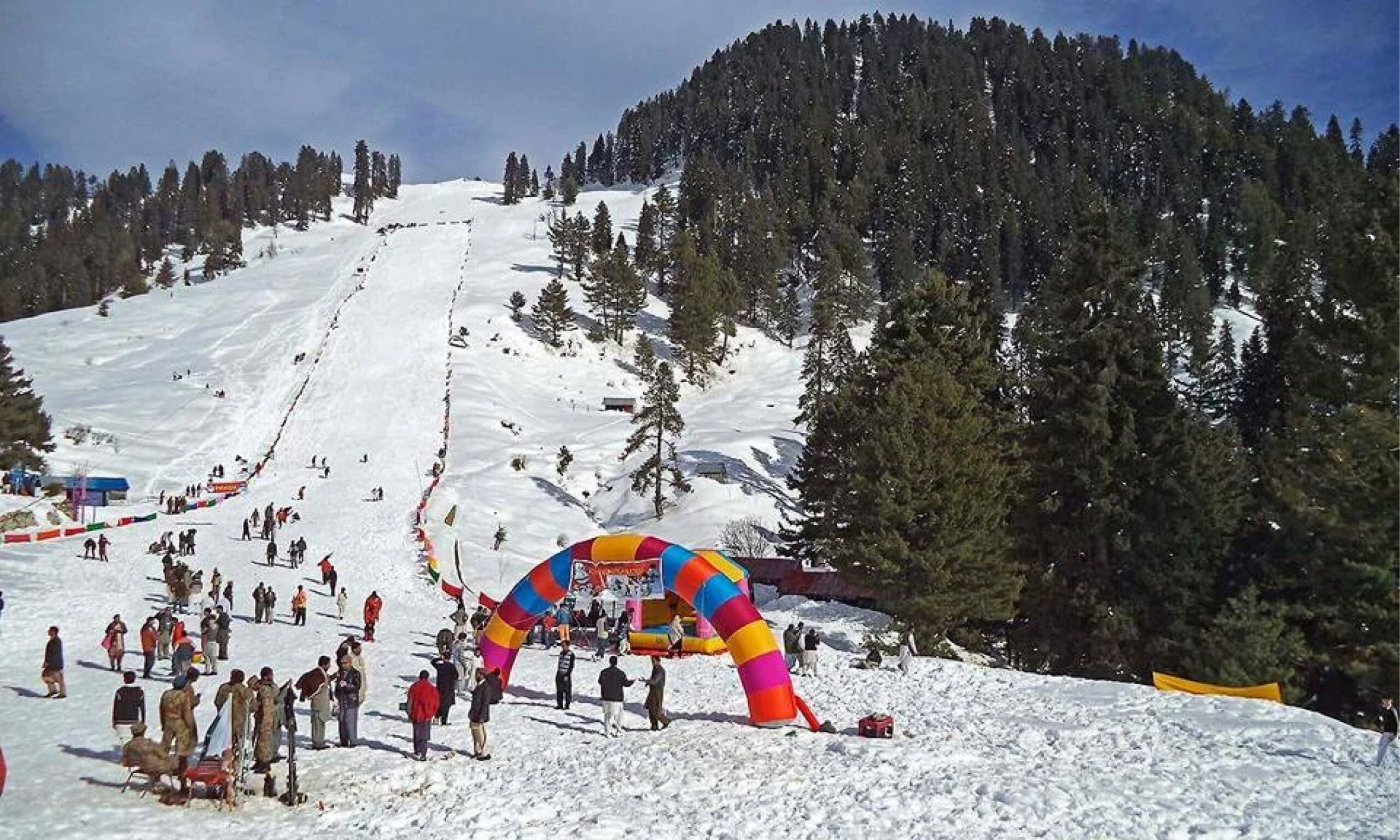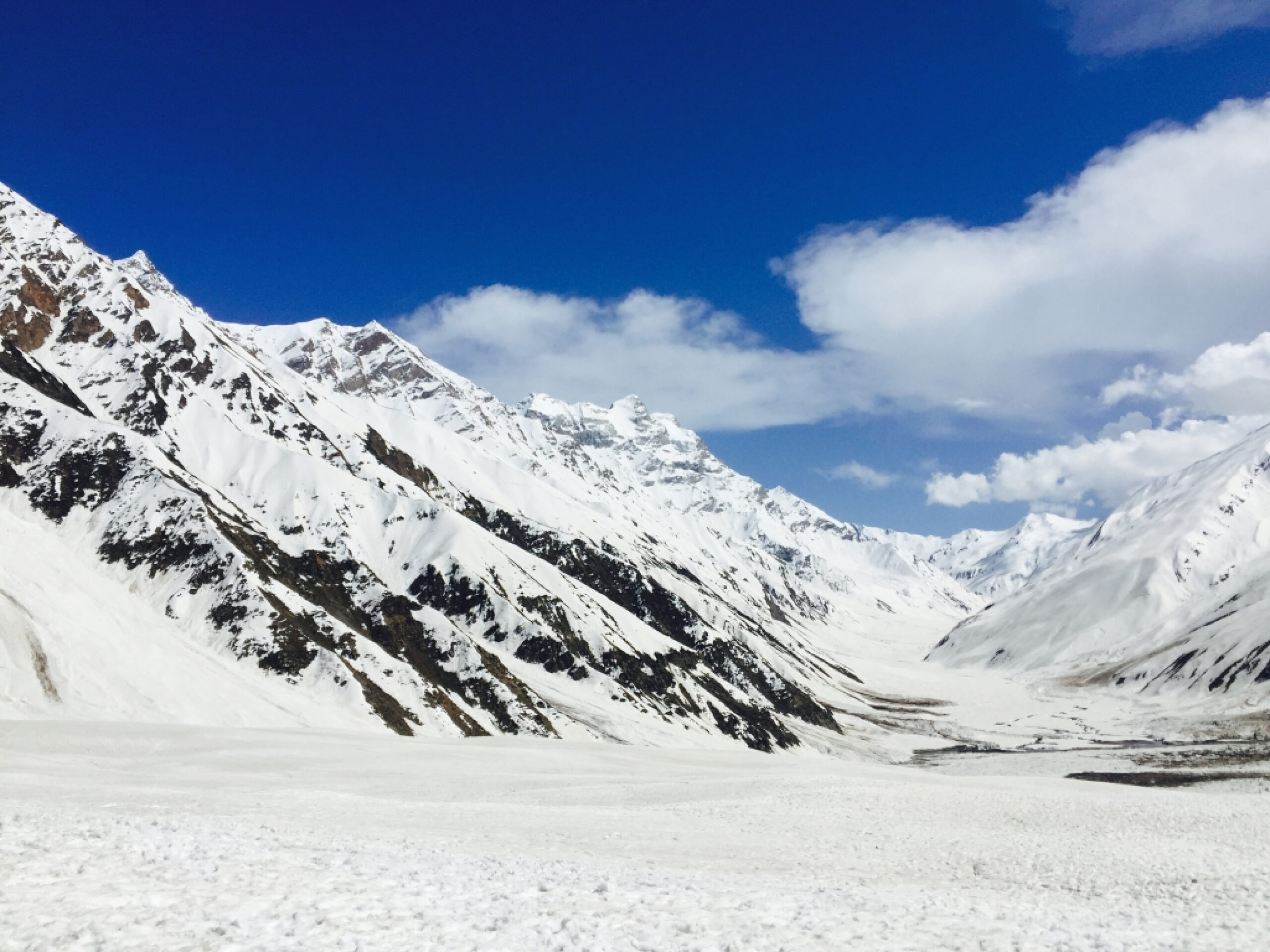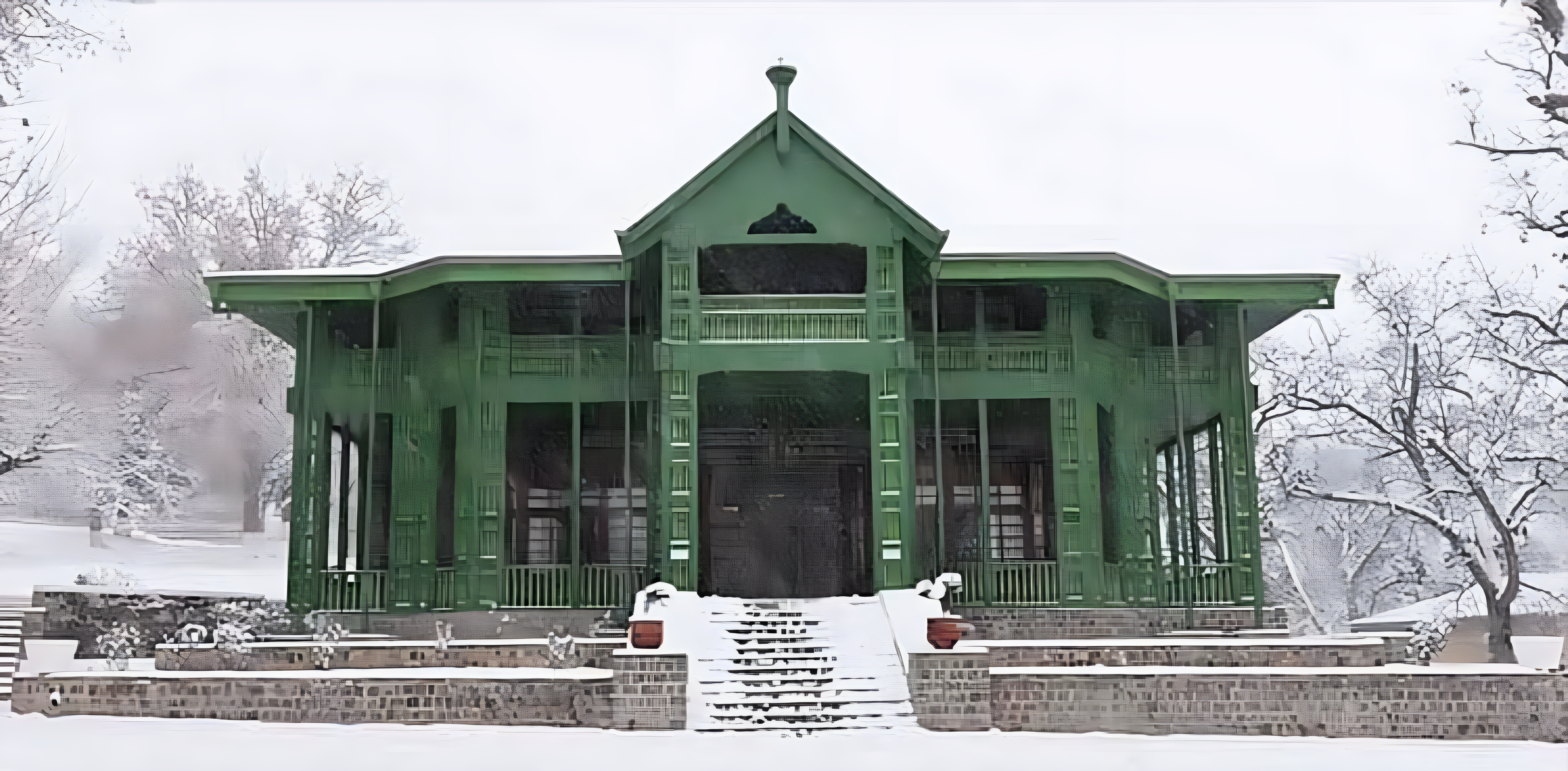China’s AI industry has made a groundbreaking advancement with the launch of DeepSeek AI, a model that has outpaced ChatGPT in just seven days. Developed at a significantly lower cost, DeepSeek AI’s rapid success is shaking up the global AI landscape and challenging tech giants like Nvidia and OpenAI.
What Sets DeepSeek AI Apart?
DeepSeek AI stands out for its cost-effective development, utilizing fewer high-end computing chips while still delivering top-tier performance. Unlike models that rely on expensive AI hardware, DeepSeek demonstrates that innovation and efficiency can go hand in hand. This breakthrough has placed immense pressure on companies dependent on premium AI chips, signaling a major shift in the industry.
Impact on the Global AI Industry
The sudden rise of DeepSeek AI has led to significant consequences in the tech world:
-
Nvidia’s stock drop:
The success of DeepSeek AI caused a $600 billion decline in Nvidia’s stock value, emphasizing the disruptive potential of this new AI model.
-
China’s push for tech independence:
With U.S. restrictions on advanced semiconductor chips, China is striving for self-sufficiency in AI development. DeepSeek AI’s rapid success underscores the nation’s ability to innovate despite global challenges.
-
Increased competition:
OpenAI and other leading AI developers now face stiff competition from China, raising the stakes in the AI arms race.
The Vision Behind DeepSeek AI
DeepSeek AI was founded by Liang Wenfeng, a visionary who aims to create original, cutting-edge AI models rather than simply replicating existing ones. His mission is to push the boundaries of artificial intelligence and position China at the forefront of the global AI industry.
Challenges and Concerns
While DeepSeek AI’s rise is impressive, it also raises some concerns:
-
Censorship & Data Privacy:
Given China’s strict regulations on internet content and user data, many experts question how DeepSeek AI will handle sensitive topics and ensure privacy protection.
-
Long-term reliability:
As a relatively new AI model, DeepSeek AI must prove its scalability, accuracy, and security over time.
Conclusion
DeepSeek AI’s rapid ascent marks a pivotal moment in the AI industry, proving that new players can challenge tech giants in record time. As China continues to innovate, the global AI landscape is set for a significant transformation, with DeepSeek AI leading the charge.


